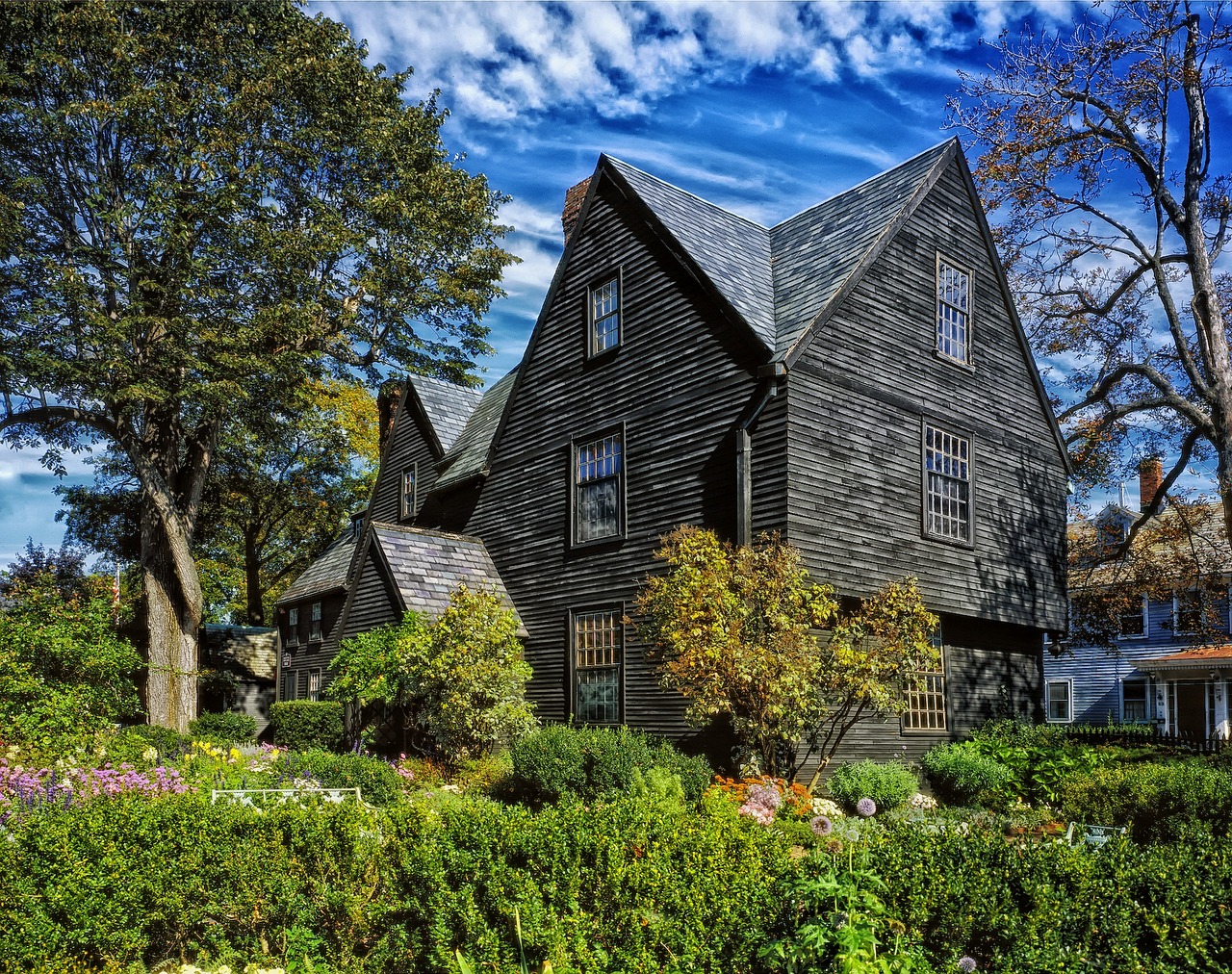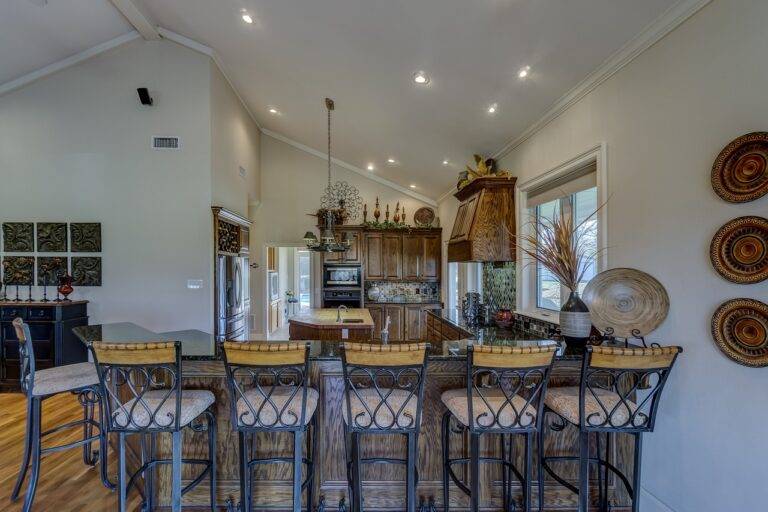Tips for Choosing the Right Paint Colors for Your Home
Color theory is the study of how colors interact with each other and affect the overall atmosphere of a space. By understanding the color wheel and its relationships, one can create harmonious color schemes that evoke different emotions and moods. Warm colors like red, orange, and yellow are known to energize a room, while cool colors such as blue, green, and purple are calming and soothing.
In interior design, the use of complementary colors, which are opposite each other on the color wheel, can create a dynamic and visually appealing contrast. Analogous colors, which are adjacent on the color wheel, offer a more subtle and harmonious look. Understanding how colors interact and influence each other is essential in creating a cohesive and aesthetically pleasing design scheme.
Consider the Lighting in Each Room
Lighting plays a crucial role in setting the mood and functionality of a room. Natural light can create a vibrant and refreshing atmosphere, while artificial lighting can provide task lighting or a cozy ambiance in the evenings. It’s important to consider how the lighting in each room will complement the colors and decor to achieve the desired effect.
When choosing lighting for a room, pay attention to the different sources of light available. Combining overhead lighting with lamps or sconces can create layers of light that add depth and interest to the space. Additionally, consider the color temperature of the light bulbs to ensure they enhance the colors in the room rather than distort them.
How does color theory relate to lighting in a room?
Color theory helps to understand how different colors interact with light, affecting the overall mood and atmosphere of a room.
Why is it important to consider the lighting in each room?
Lighting plays a crucial role in setting the tone and functionality of a space. It can impact the colors in a room, as well as the overall ambiance.
What are some different types of lighting to consider for each room?
Some types of lighting to consider include ambient lighting (overall illumination), task lighting (focused light for specific activities), and accent lighting (highlighting certain features or areas).
How can I determine the best lighting for a specific room?
Consider the room’s purpose, natural light sources, color scheme, and desired mood when determining the best lighting for a room.
What are some tips for optimizing lighting in a room?
Use a combination of lighting types for versatility, consider dimmer switches for adjustable lighting levels, and make sure to position lighting fixtures strategically for the best effect.





